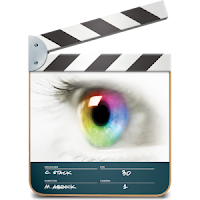In this diary entry I am explaining the 'flash back' scene:
In this diary entry I am explaining the 'bedroom' scene:
In this diary entry I am explaining the recce of the 'prison scene':
 'Lord Of The Rings' is such a successful and mainstream film meaning any mistakes to filming could cost valuable time and money. Peter Jackson, the director used both storyboards and animatics to plan out the film. The animatics showed the storyboard with very limited motion conveying camera movement and action accompanied by the soundtrack. This gave the animators and directors a outline of how the real film would look. It also gave them time to rethink certain ideas and to get rid of things that didn't work well. The storyboard in which they drew up gave them a basic draft of the scenes leading to the Recce where they walked through the scene experimenting with camera shots, angles and the characters movement.
'Lord Of The Rings' is such a successful and mainstream film meaning any mistakes to filming could cost valuable time and money. Peter Jackson, the director used both storyboards and animatics to plan out the film. The animatics showed the storyboard with very limited motion conveying camera movement and action accompanied by the soundtrack. This gave the animators and directors a outline of how the real film would look. It also gave them time to rethink certain ideas and to get rid of things that didn't work well. The storyboard in which they drew up gave them a basic draft of the scenes leading to the Recce where they walked through the scene experimenting with camera shots, angles and the characters movement.

 Quentin Tarantino, the director of Reservoir Dogs used a Recce in his film to test how the scene would look before he filmed the real version. From his Recce he noticed many problems:
Quentin Tarantino, the director of Reservoir Dogs used a Recce in his film to test how the scene would look before he filmed the real version. From his Recce he noticed many problems: